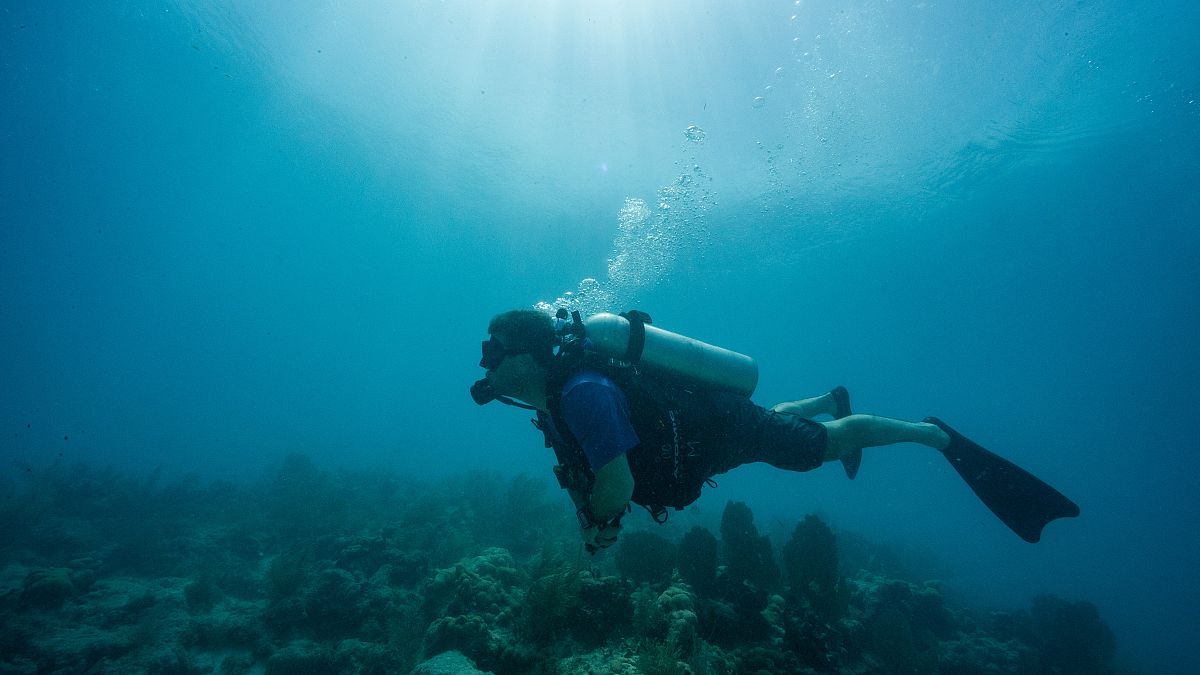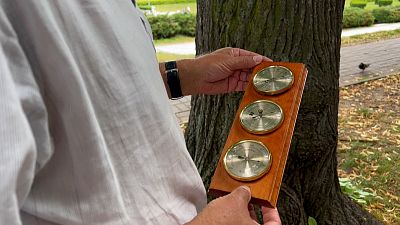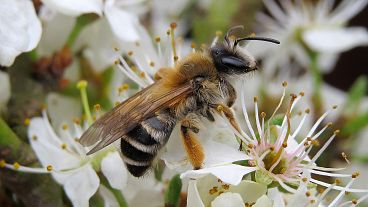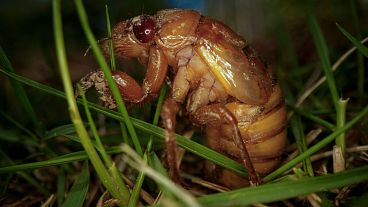Wounded in combat, these US Army veterans are finding healing in restoring Florida's threatened coral reefs.
A group of US Army veterans wounded in combat are working to restore coral reefs off the southern tip of Florida, USA.
The mission is twofold: save coral threatened by disease and rising sea temperatures, and help veterans heal wounds - both physical and emotional.
Since 2011, the Mote Marine Laboratory and the non-profit Combat Wounded Veteran Challenge (CWVC) have teamed up for a week each year to help restore coral reefs, a key ecosystem for marine life.
Coral restoration provides healing for wounded veterans
CWVC puts wounded veterans in challenging environments, partnering with researchers who observe and gather information on them to help improve treatment for post-traumatic stress disorder, head trauma and other conditions.
During the excursion, the veterans listen in the water for directions from a Mote lab employee who dives ahead of them, map in hand, to a depth of about four metres.
Billy Costello, 41, is in his element as a former diver for the Army's 3rd Special Forces Group.
“They have been instrumental in my recovery, helping me learn what I was going to be able to do after losing my leg,” he says.
Costello is glad to participate in the dive. “It's great for the heart and the soul," he says, "especially when you're around a group of veterans that have gone through very similar situations and have beat the odds and recovered in such a positive way… It is such a blessing.”
Through activities like coral planting, the veterans contribute to preserving the marine ecosystem and find healing and purpose in their journey.
Why do coral reefs need to be restored?
Acting as ‘underwater cities’, coral reefs harbour an astounding diversity of marine life and are crucial to the health of oceans.
However, they are now under immense stress due to climate change, with warming waters and ocean acidification posing significant threats.
Disease outbreaks are further exacerbating the situation, leading to widespread coral bleaching and mortality.
In Key West, veterans are reviving reefs by planting coral.
How does coral planting work?
The divers take lab-grown fragments of coral and plant them in underwater nurseries, divided into square segments.
They then clean algae and debris off damaged areas of the reef, coat the reef with epoxy resin, and carefully attach the new coral pieces with glue.
In little more than an hour the veterans and institute staff plant 1,040 stony corals from six different species at Higgs Head.
The specimens have been chosen because they have shown greater resistance to dangers such as increasing water temperature, ocean acidification and disease, explains Mote lab president, Michael Crosby.
Repopulating the reef involves planting coral micro-fragments of the same genotype in a small space. As they grow, their tissues fuse and become a colony capable of increasing in size 40 times faster than normal coral.
“In two years, three years, we will have created [the equivalent of] a 50-year-old coral that then will be able to spawn on its own,” says Crosby, who is confident that the specimens will survive for a long time.



